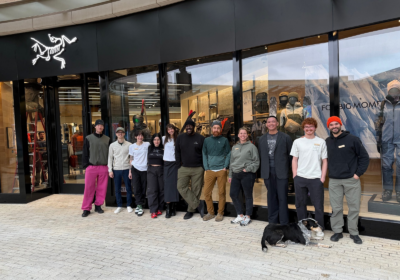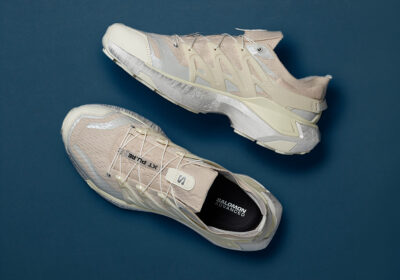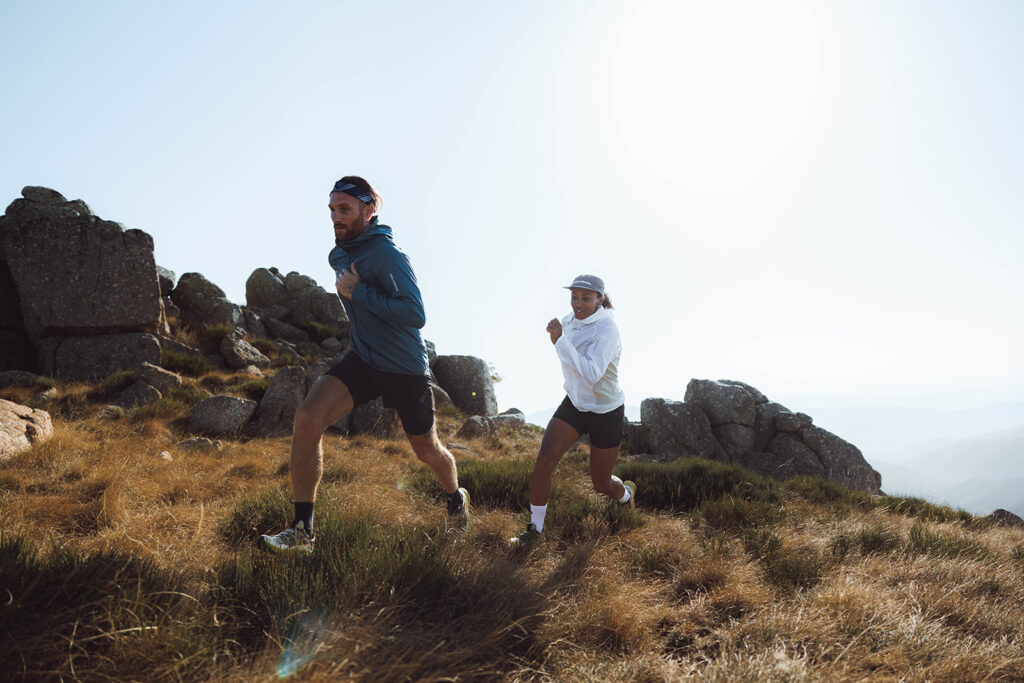
Physical inactivity is a global health crisis that threatens the wellbeing of people and our planet. The sporting goods industry is taking action to combat this challenge and inspire more people to lead better, healthier lives.
The World Health Organization estimated in 2022 that if 28% of adults and 81% of adolescents remained physically inactive, by 2030, half a billion more people would fall ill as a direct result of not exercising enough.
The global levels of inactivity have since reached an all-time high, up from 28% to 31%. The new data, released in June 2024, prompted major sporting goods companies as members of the World Federation of Sporting Goods Industry (WFSGI) to address this alarming trend.
“31% or 1 in 3 adults (1.8 billion people) globally are physically inactive.” -The World Health Organization
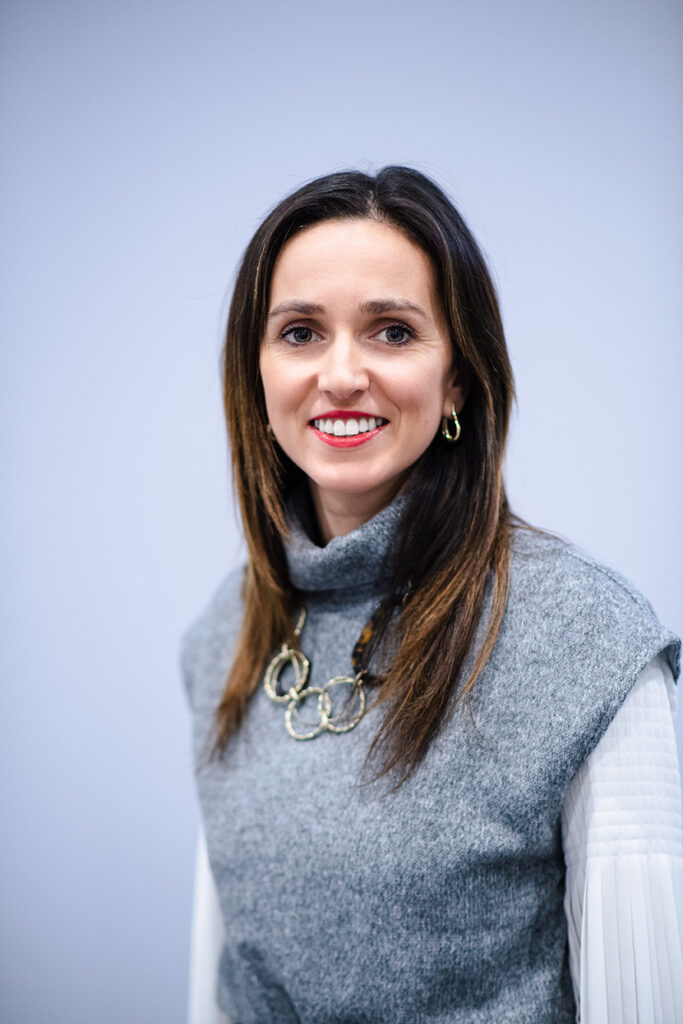
“Physical inactivity is not being taken seriously enough,” says Emma (Mason) Zwiebler, CEO of WFSGI, referring to physical inactivity as human climate change. “It has the potential to be an existential threat for the planet and our human way of life.”
Amer Sports’ Chief Operating Officer Michael Hauge Sørensen shares the concern. “We are on such a wrong path. It’s not only a burden on global healthcare systems, but also a matter of how the lack of activity affects an individual’s physical and mental wellbeing.”
While efforts to promote physical activity feed into the core of United Nations’ Sustainable Development Goal 3 to improve good health and well-being for all — one of the key SDGs Amer Sports focuses on — the world is radically off track off track. How can the industry create change?
Connecting the dots and building bridges for positive impact
As a global trade association, WFSGI represents the sporting goods industry’s voice at the global policy level. According to Emma, there’s a unique alignment between the private and public sector.
“Both private and public sector aspire to get more people into sport and physical activity. The outcomes might be different, but the goals are the same. It’s a fantastic opportunity to be a force for good.”
One way the WFSGI enacts change is by connecting the dots between organizations that already might be doing great work on physical activity and sport, but working in silos. They also showcase and scale up best practices and initiatives from the WFSGI member companies such as Amer Sports to encourage more people to be active and overcome barriers.
“Women are less active than men by at least 5 percentage points.” -The World Health Organization
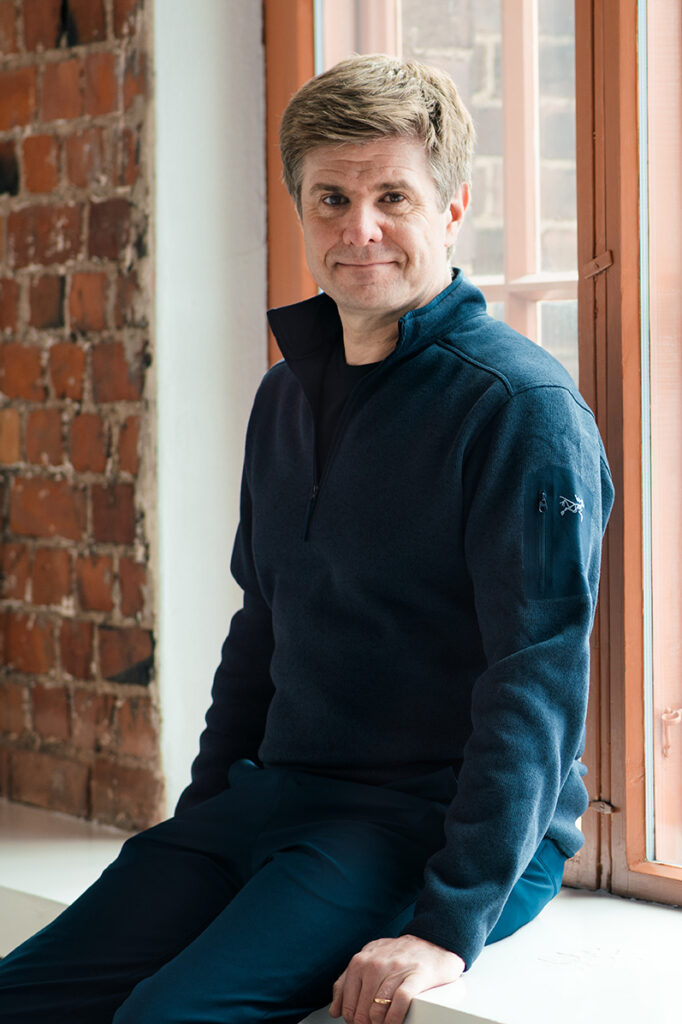
Michael knows that sport not only has the power to elevate and improve health — it can build and strengthen communities.
“It’s not only about staying fit and healthy for as many years as possible — it’s also about social engagement. Sport can help build bridges between communities, between people from all walks of life. And the product, whether it’s a basketball or a good pair of hiking shoes, can enable that connection. It can actually change your life.”
More awareness and role models needed to champion activity
The joint statement issued in June was the first time the sporting goods industry has come together around one common message on a public health issue. Both Emma and Michael agree that the historic milestone needs to be followed by more action.
“We need to turn what was a fantastic industry-first moment into a movement to combat physical inactivity by galvanizing the sporting goods and health and fitness industries who play an important role in creating a healthier, more active planet for all,” says Emma.
The best way to create positive change, Michael believes, is to set an example. He says that every voice has a ripple effect.
“At Amer Sports, we’re a global community of more than 11,000 people, all with our own communities and networks. We have the potential to positively impact and influence hundreds of thousands of people.”
“After 60 years of age, physical inactivity rises rapidly, more steeply in women than men.” -The World Health Organization
New data on adolescents is due later this year, but we already know that 81% do not move enough to maintain good health. Emma worries about the next generation who are starting life out physically inactive. She says that WFSGI will continue to amplify the industry’s voice in calling for greater investment and awareness from policymakers globally.
“We need more industry leaders who are willing to stand up and use their voice. Because when companies and brands speak up, people listen.”
